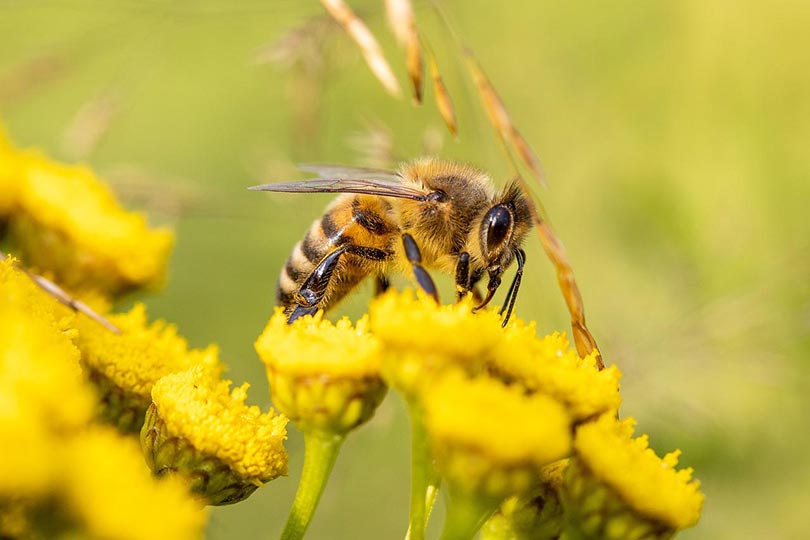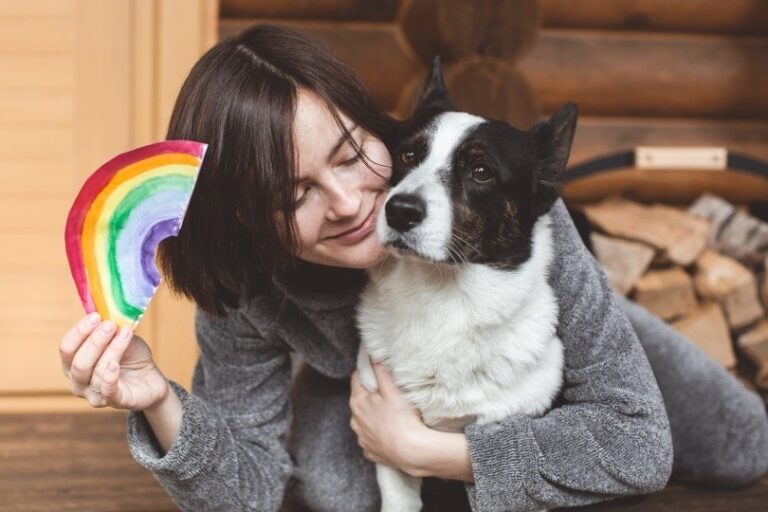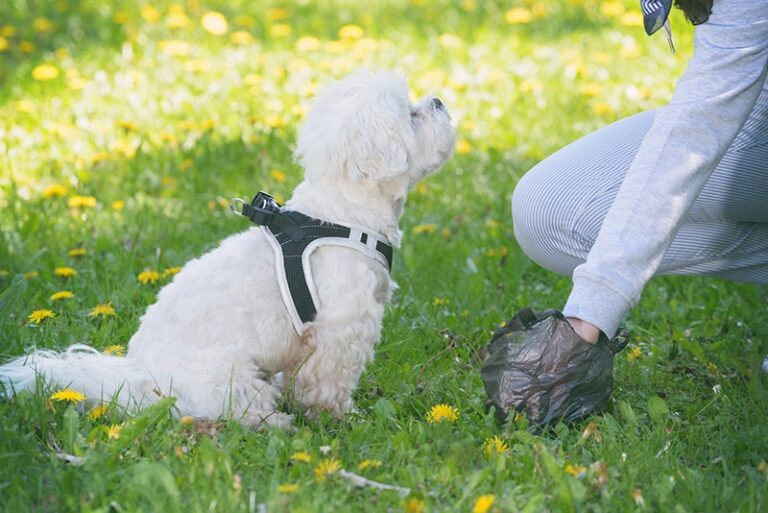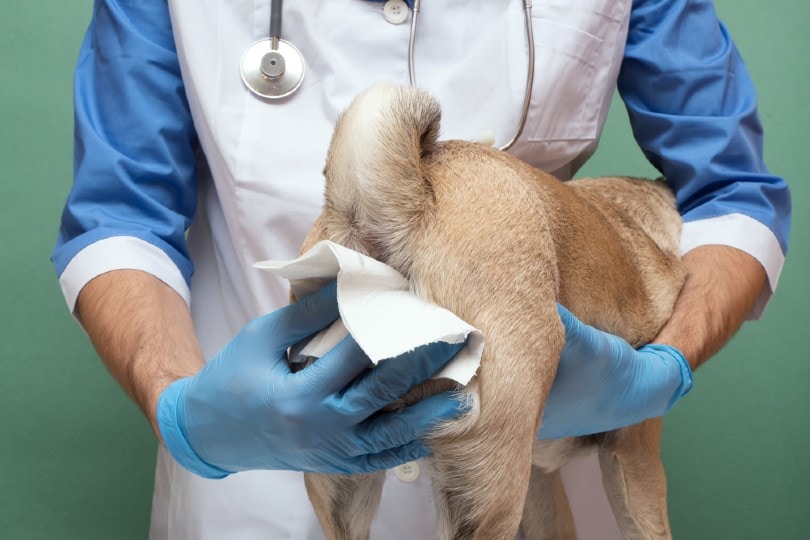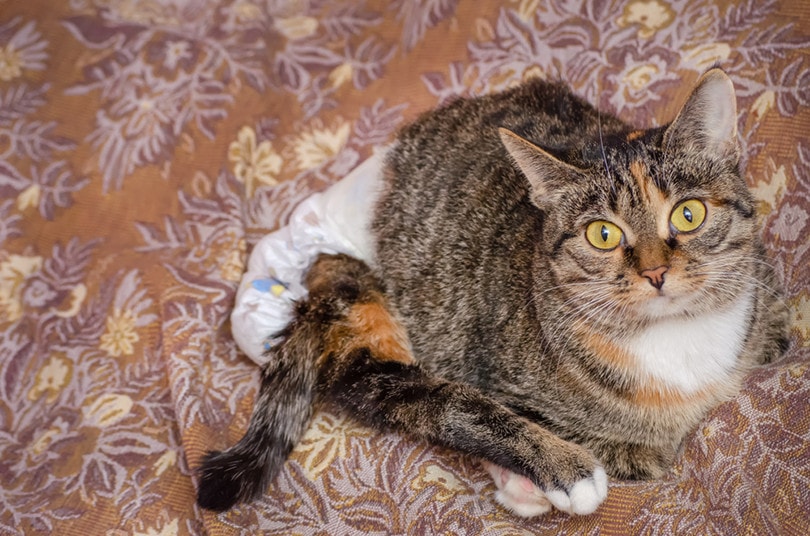VET APPROVED

The information is current and up-to-date in accordance with the latest veterinarian research.
Learn more »Click to Skip Ahead
Dogs enjoy chasing and playing with things, including insects. If they chase a bee or wasp, they could end up with a painful sting. What’s worse, many dogs end up biting at bees and wasps, getting a painful sting inside their sensitive mouths or on their noses. Your dog may also get stung by a bee on the paw while running, leading to a limp.
A bee or wasp sting can cause anything from mild irritation to a severe reaction in your dog, so it’s important to act quickly. Learn how to tell if your dog got stung by a bee or wasp and what you can do to treat it.

First Aid for Bee and Wasp Stings
The first step is identifying the insect. With bee stings, you should look for a stinger left in your dog. Abandoned stingers secrete venom, so removing them reduces the venom that’s in your dog’s body. You can remove the stinger carefully using a credit card to flick it off. Avoid tweezers, which can squeeze more venom out of the sac.
Next, address the sting side with a paste of baking soda and water. If your dog has been stung multiple times, give them an oatmeal bath to reduce itching and irritation. You can minimize swelling in the area with an ice pack for small areas or a cool towel for large areas.
Allergic reactions are a concern with both bees and wasps. Consult with your veterinarian about giving your dog a prescribed dose of oral antihistamines, such as Benadryl, to minimize the allergic response. This will also help with itching. Your veterinarian will let you know if this is safe for your dog and what the dose should be, so don’t take it upon yourself without consulting them first.
Bee and wasp stings can create a lot of itching, and your dog can do more damage and delay healing. If necessary, use an Elizabethan collar or inflatable collar to prevent your dog from biting or scratching the sting site.
If your dog was stung in the mouth, give them ice-cold water to help with inflammation and offer soft, moist food to make eating more comfortable. You can wet any kibble and let it sit to soften or provide canned food for the time being. Always give your dog access to fresh, clean water.

Signs of a Severe Reaction
Most bee and wasp stings can be treated at home with the advice of a veterinarian. Some dogs are more sensitive to bee and wasp stings, however, so it’s important to watch for the signs of a severe reaction.
Allergic reactions typically occur within 20 minutes of the sting, but they can take hours to present. Be sure to monitor your dog and look for signs of an allergic reaction, since anaphylaxis can be fatal. Here are some signs to watch out for:
- Severe, rapid swelling around the head and neck, which can impact breathing
- Hives or bumps under the skin
- Difficulty breathing or wheezing
- Excessive drooling
- Increased irritation or anxiety
- Dizziness or disorientation
- Vomiting or diarrhea, even mild
- Seizures
Rapid treatment is the best way to react to an allergic reaction and prevent shock. Your veterinarian may treat the allergic reaction with steroids or epinephrine, depending on its severity. Your dog may also need oxygen for respiration and IV fluids to prevent dehydration. In some cases, your dog may need to be hospitalized for a few days.
If your dog did have a confirmed allergic reaction, you may need an Epi-Pen® to address future stings.
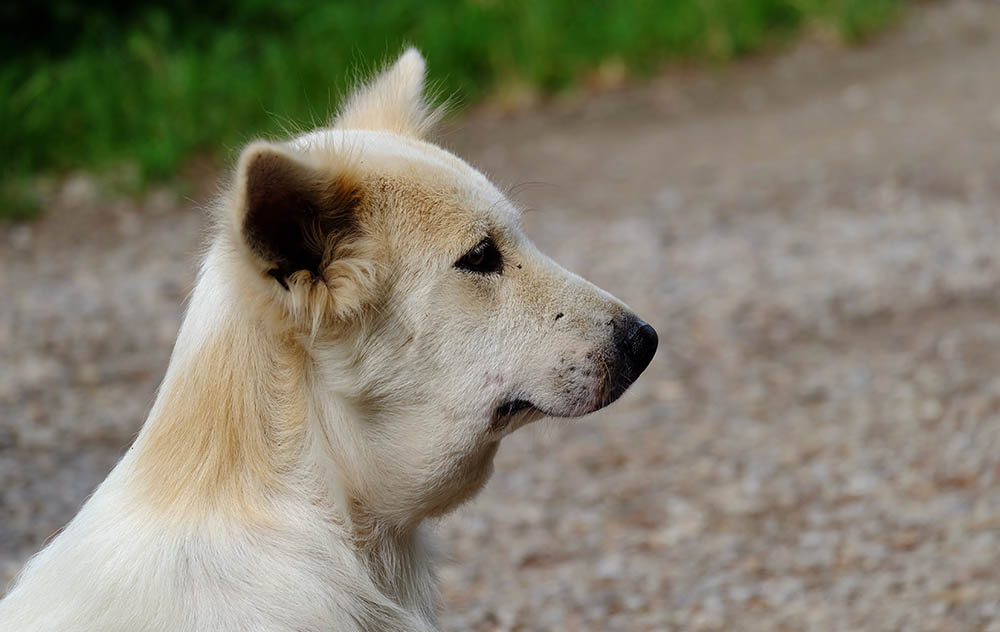

Conclusion
Dogs are curious and enjoy playing in their surroundings, which may mean an occasional bee or wasp sting. With luck, a bee or wasp sting will just be mildly uncomfortable for your dog, but it can lead to severe reactions. You may never be able to completely prevent bee and wasp stings, but you can learn what to do to keep your dog safe.
You may also be interested in:
- What To Do If Your Cat Is Stung By a Bee Or a Wasp
- My Dog Swallowed a Bee: Should I Be Worried? Our Vet Answer
Featured Image Credit: Photorama, Pixabay
